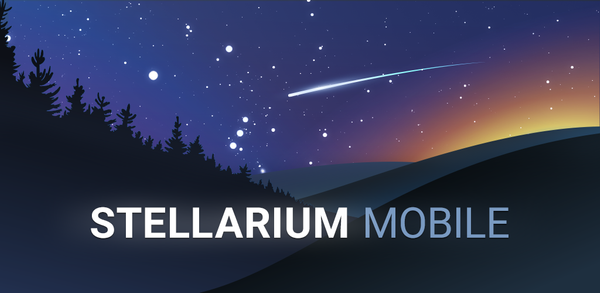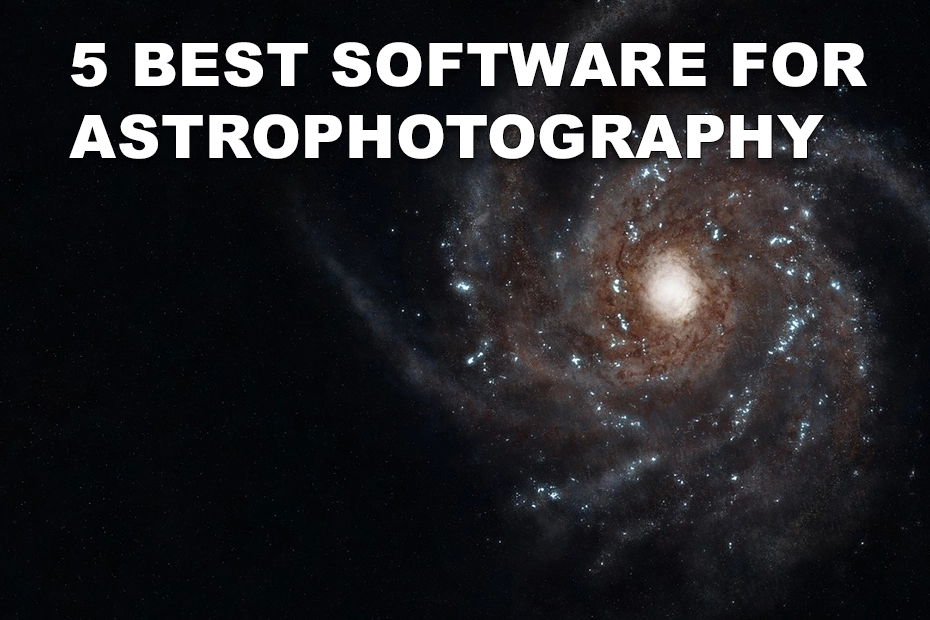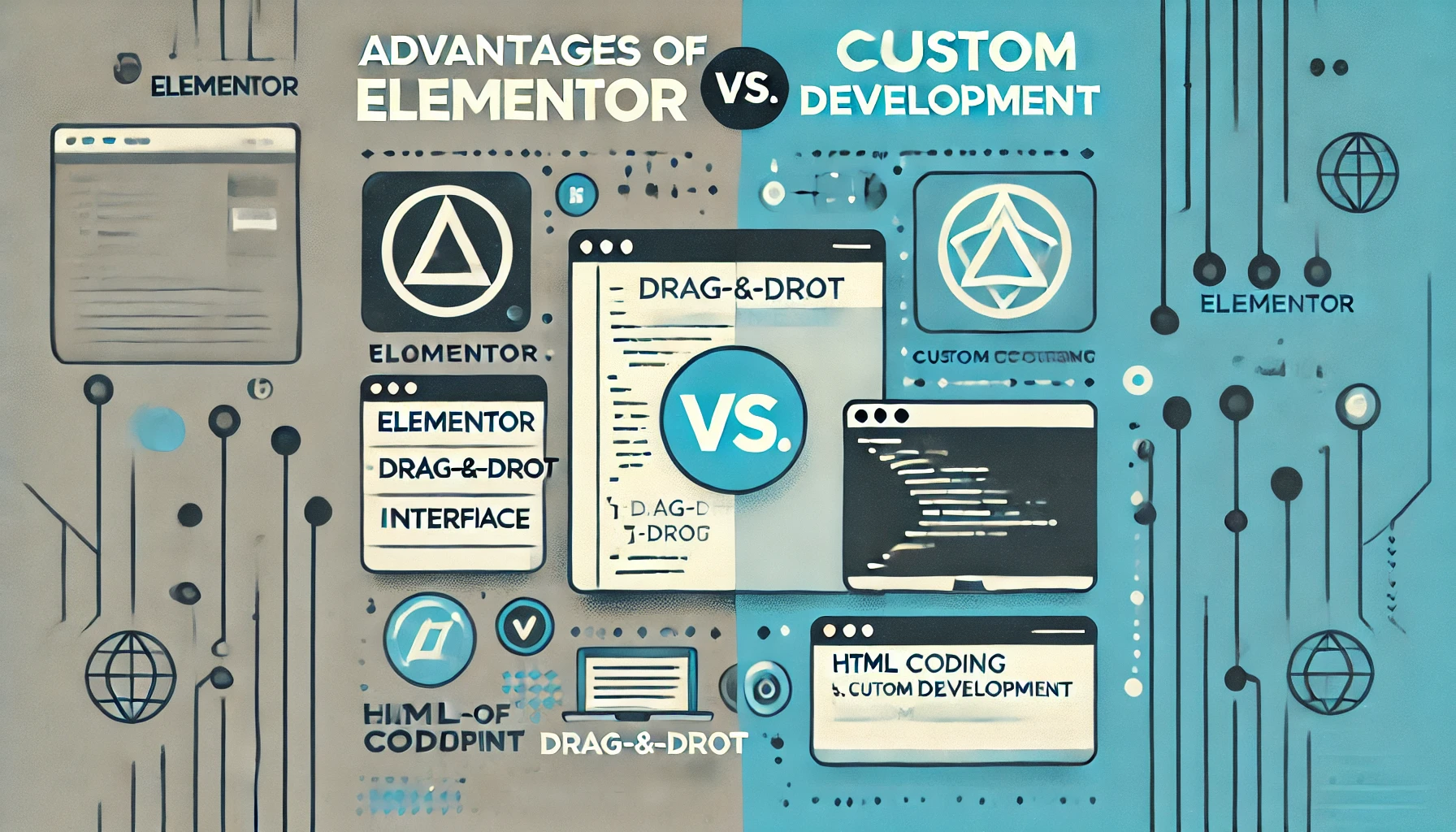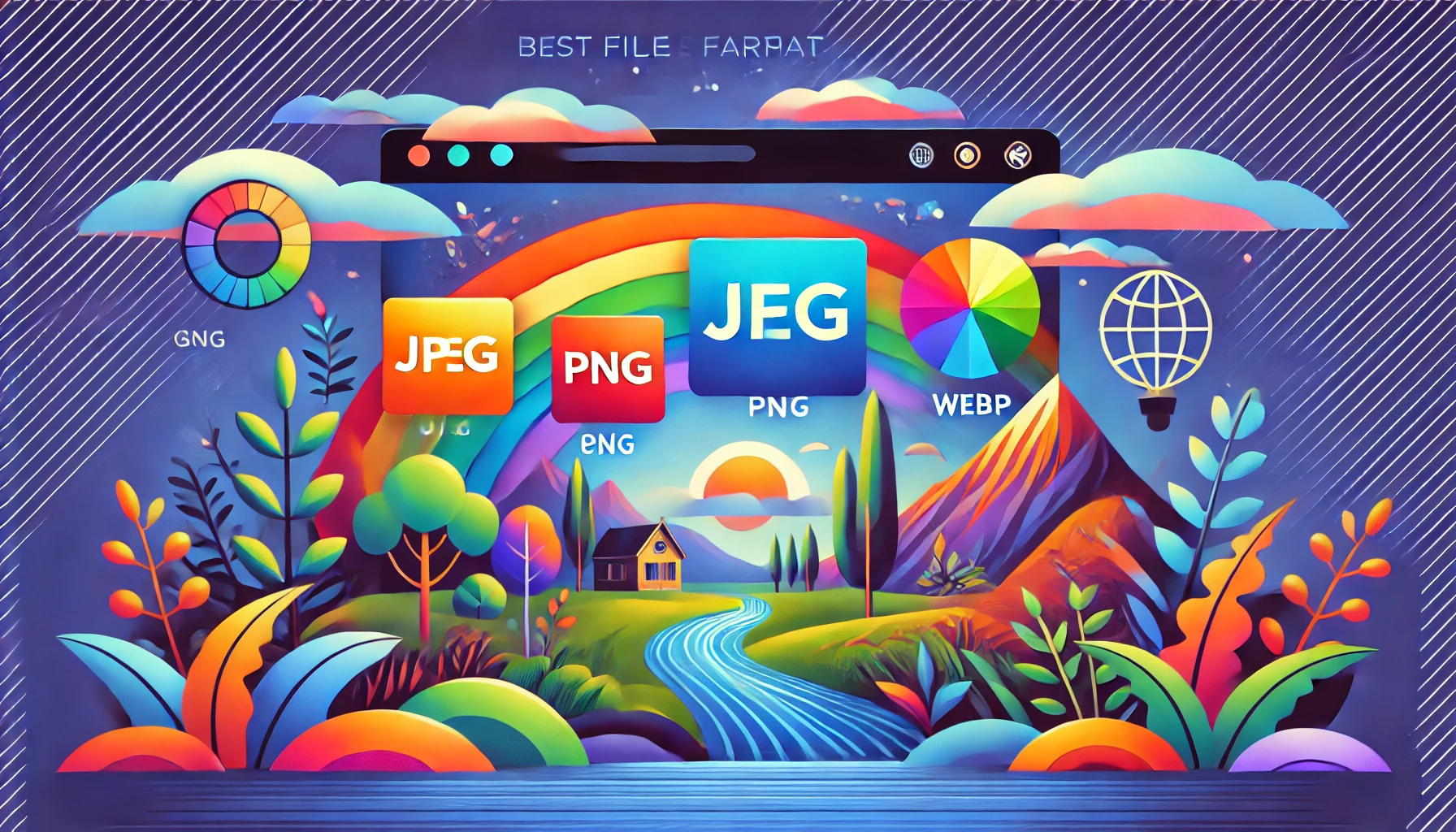Astrophotography combines the beauty of the night sky with the art of photography. Whether you're capturing the Milky Way, distant galaxies, or celestial events, the right software can significantly enhance your images. From stacking to processing, we delve into the best software for astrophotography, each chosen for their outstanding capabilities in bringing the cosmos to life.

Stellarium: Your Gateway to the Stars
Details: Stellarium offers an immersive 3D sky simulation, perfect for planning your astrophotography shoots by visualizing the night sky from any location on earth, at any time.
Specs & Requirements:
Runs on Windows, Mac, and Linux. Requires OpenGL 3.0 and a minimal graphics capability.
Pros:
- Free and open-source.
- Real-time sky simulation.
Cons: - Primarily an educational tool, not for image processing.
Rating: 4.5/5 stars

DeepSkyStacker: The Best Stacking Software for Astrophotography
Details: DeepSkyStacker simplifies the pre-processing steps for deep-sky astrophotography, automating the stacking process to improve signal-to-noise ratio. Specs & Requirements: Available for Windows. Requires images in RAW, TIFF, or FITS format. Pros:
- Free to use.
- Tailored for deep-sky astrophotography stacking. Cons:
- Windows only.
- Limited post-processing features. Rating: 4/5 stars
Sequator: Night Sky Photography Made Simple
Details: Sequator is designed for stacking and aligning stars in your night-sky photographs, particularly effective for wide-field astrophotography. Specs & Requirements: Windows only. Compatible with RAW and JPEG images. Pros:
- Fast and efficient stacking.
- Supports foreground alignment for landscapes. Cons:
- Less advanced processing options. Rating: 4/5 stars
AstroPixel Processor: Comprehensive Astrophotography Software
Details: A robust option for both stacking and post-processing, AstroPixel Processor offers a wide array of tools for detailed adjustments and corrections. Specs & Requirements: Available for Windows, Mac, and Linux. Requires Java 8 or later. Pros:
- Multi-platform support.
- Extensive post-processing capabilities. Cons:
- Steeper learning curve.
- Higher price point compared to some alternatives. Rating: 4.5/5 stars
Siril: The Open-Source Powerhouse
Details: Siril stands out for its powerful astrophotography processing capabilities, catering to both beginners and experienced astrophotographers with its comprehensive set of tools. Specs & Requirements: Runs on Windows, Mac, and Linux. Recommended to have at least 8GB of RAM. Pros:
- Free and open-source.
- Supports a wide range of file formats. Cons:
- Complex interface for beginners. Rating: 4/5 stars
Each of these astrophotography software offers unique features to enhance your night-sky photography, from planning and capturing to the final processing stages. Whether you're looking for the best stacking software for astrophotography or the best image processing software for astrophotography, these top picks provide the tools you need to capture the beauty of the cosmos with clarity and detail.


